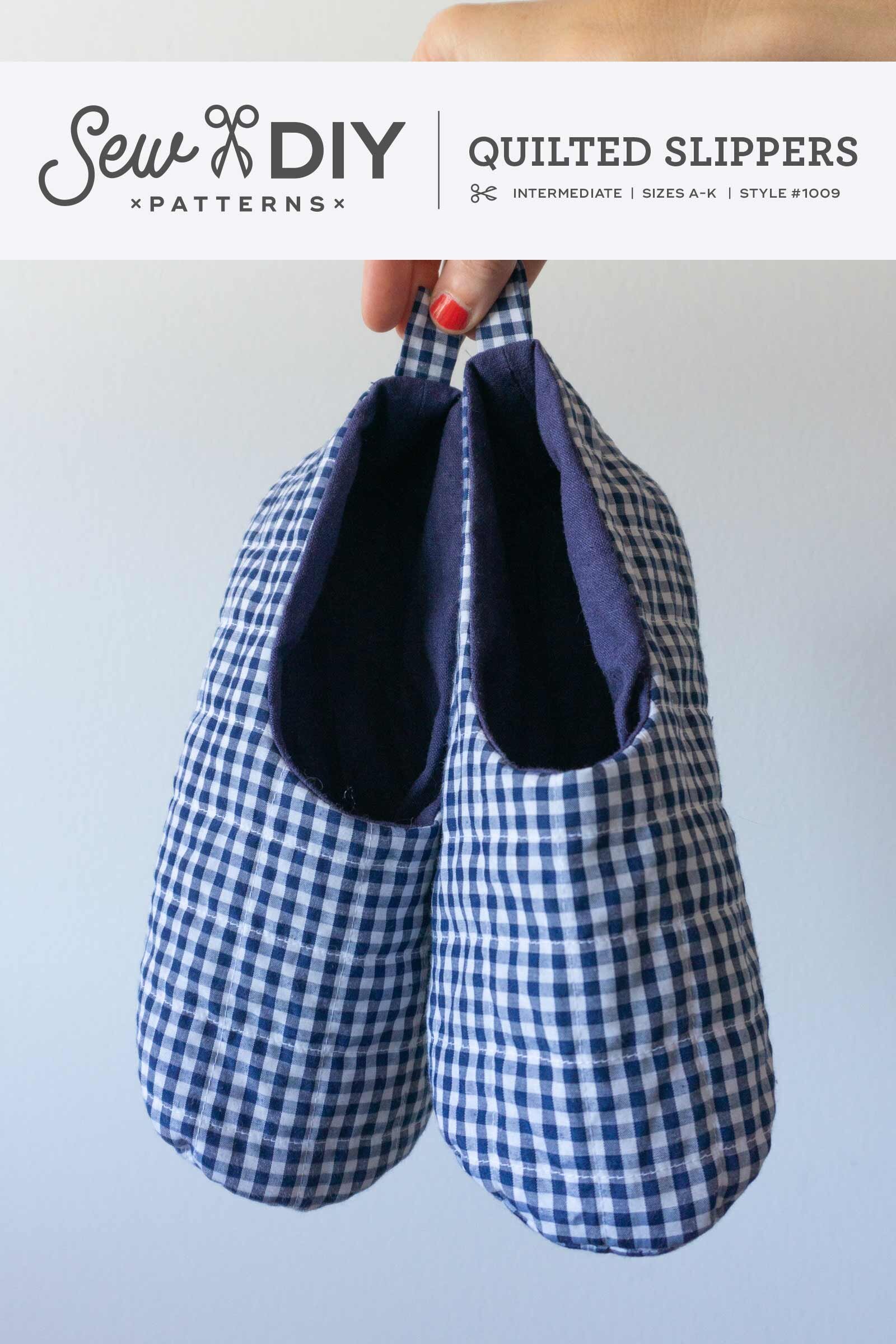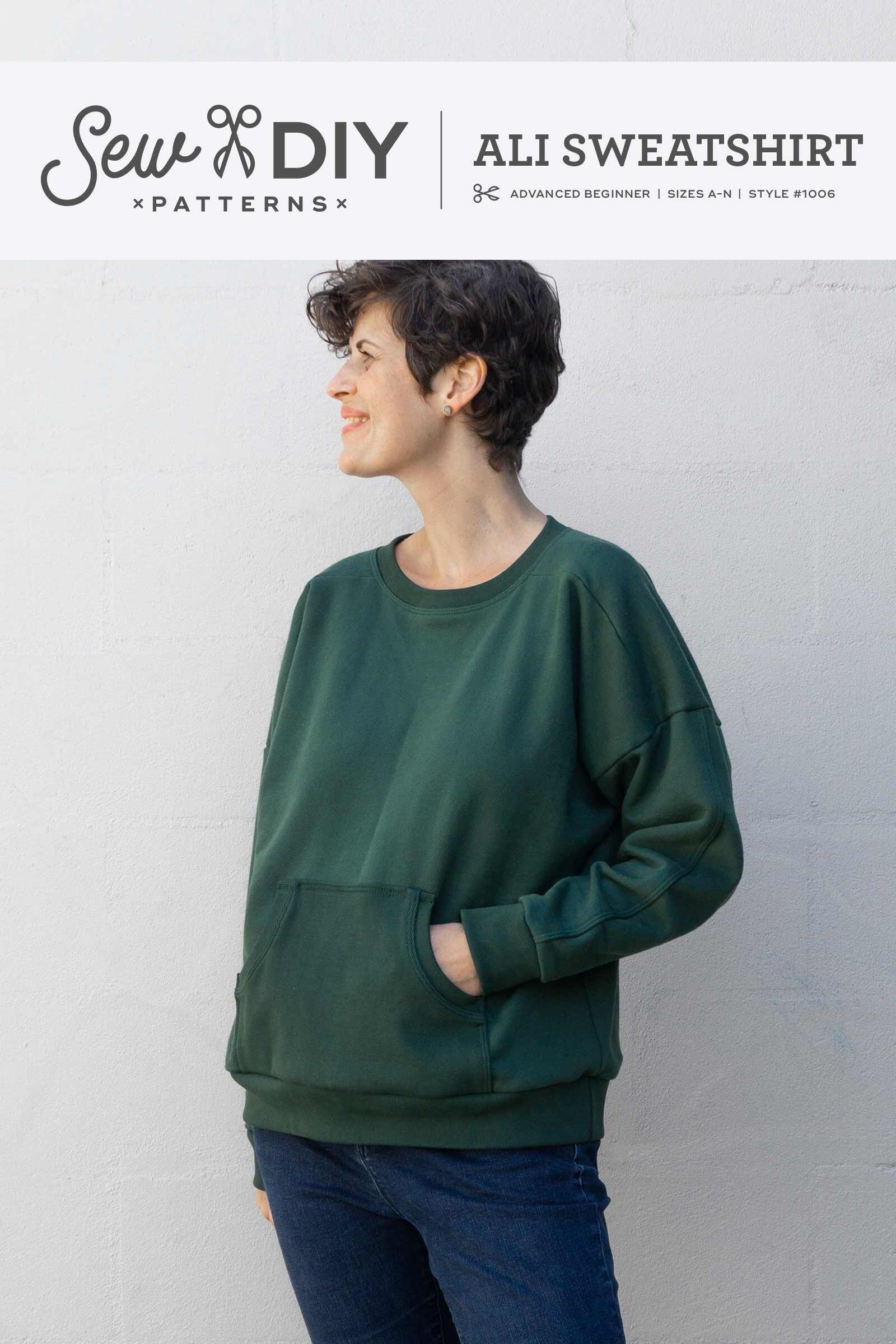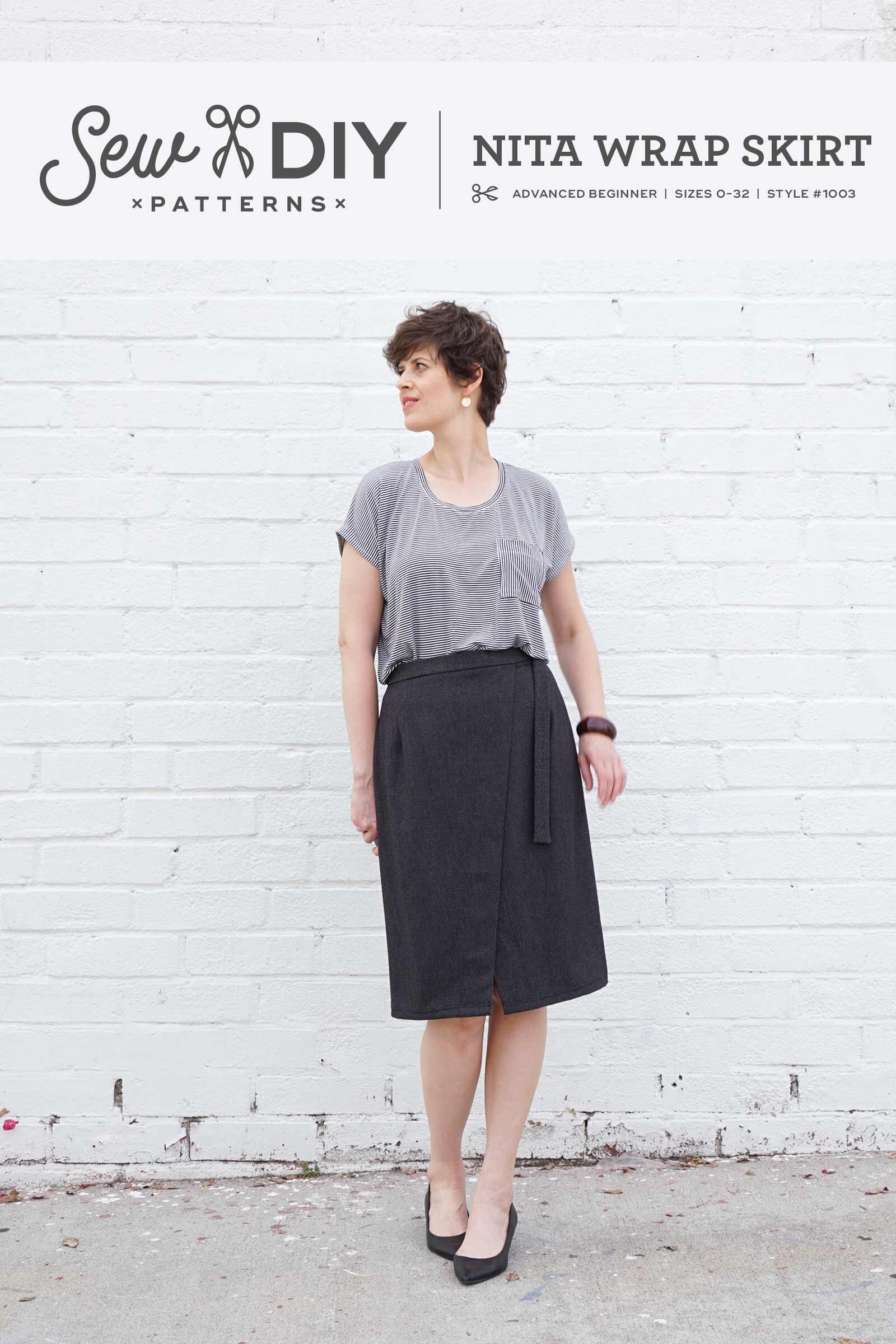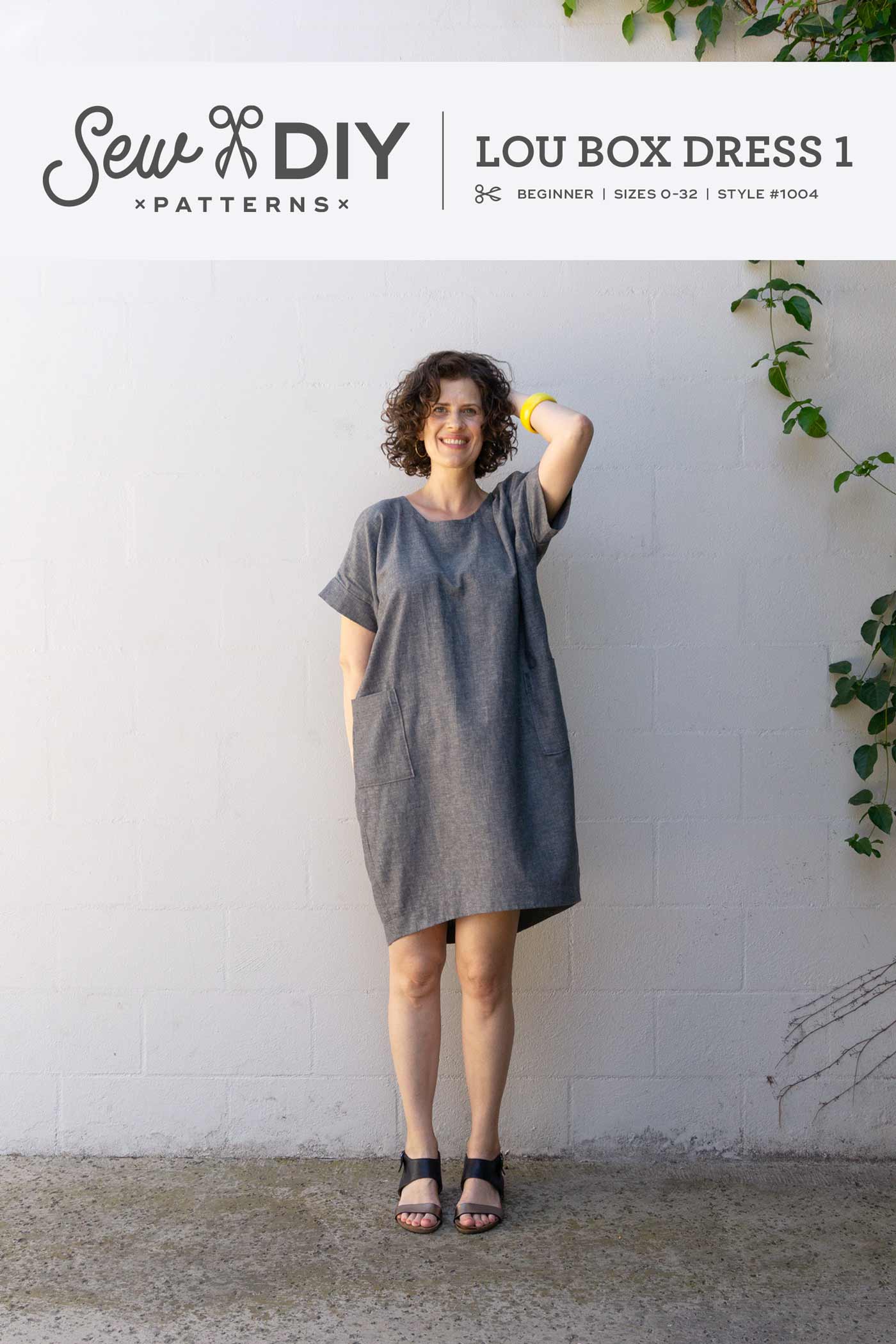In honor of earth day today, I’m sharing some quick tips for making the most of your fabric yardage. Most of these tips will help you use less fabric and create fewer, smaller scraps. But a few will help you find ways to use the full length of fabric, again with the goal of creating fewer, smaller scraps.
My big goals, and probably yours too, when buying and cutting fabric are to save money and reduce scraps. I try to buy only the amount of fabric that I need and cut it efficiently. Watch the video below or read on for 10 tips plus one bonus!
Watch the video above for all of my tips, or if it's not working, you can watch it on YouTube here.
11 TIPS FOR USING LESS FABRIC AND REDUCING WASTE
Feel free to ignore the cutting diagrams, if you find a better arrangement. Cutting diagrams are just a suggestion and are designed to work for a variety of sizes and fabric widths (for example, the diagram might work for 56" wide fabric but your fabric could be 60" wide). You may be able to scoot the pattern pieces around and save a bit of fabric.
Don't fold fabric in the middle. When I first started sewing, I thought fabric should always be folded right in the middle. But I realized that cutting out a pattern piece from the middle of my fabric does not leave the biggest pieces of scraps. So depending on your pattern feel free to fold anywhere you need to. You can even make two folds of different widths.
Place pattern pieces all the way to the edge. I will even include a little bit of selvage when I cut if it’s going to be in the seam allowance and not noticeable.
Cut from a single layer of fabric. Sometimes, you’ll save fabric but cutting one piece at a time, instead of two. This usually happens with large pattern pieces like full skirts.
For pocket bags and facings, you can use a similar weight or lighter weight fabric.
When cutting two pieces at a time, you can flip a pattern piece upside down to get a better arrangement. (This does not work with some asymmetrical patterns, like my Nita Wrap Skirt.)
If the fabric is not directional, rotate to find a closer fit. If your fabric looks the same right side up or right side down, you can rotate the pattern pieces 180 degrees. This doesn’t work if you’re sewing with a directional print or fabric with nap, like velvet or corduroy.
Sometimes, it's ok to cut a pattern piece on the crosswise grain. This will work best with patterns (or pattern pieces) that do not depend on stretch for fit. Or, if you are using a knit fabric that has equal amounts of stretch crosswise and lengthwise, then the fit should not be affected by cutting on the cross grain. It should be fine with non-stretch wovens but be careful with knits.
If you have a graphics software program and your digital pattern allows it, you can create your own cutting layout to maximize the width and length of fabric that you have. This is a trick I’ve been using lately to make a pattern fit on a small length of fabric and conversely to use as much of my fabric as possible. In Illustrator, I make an art board for my length and width of fabric, then I arrange the pattern pieces and adjust their lengths to fit. You do have to be careful not to make something too long or too short but it’s been working great for me.
If you're drafting or adding your own seam allowance, consider using a smaller seam allowance. There are a lot of benefits to a larger seam allowance (mainly, making fit adjustments) but sometimes you can use a smaller seam allowance on pieces like a collar or patch pocket that would not be altered during fitting. You can also reduce the hem allowance to save a little bit of fabric.
Remove ease from the pattern. If you are running out of fabric and the pattern has a lot of positive ease, either because it is an oversized style or features gathers, you can reduce some of that ease and make the pattern piece smaller. Be aware that this could change the fit of the garment but small adjustments will likely not be noticeable.
These tips are all things I've learned from experience during my twenty plus years of sewing. I hope they're helpful for you. Let me know in the comments if you have tips of your own for reducing fabric waste and maximizing your yardage usage. Happy sewing!





















